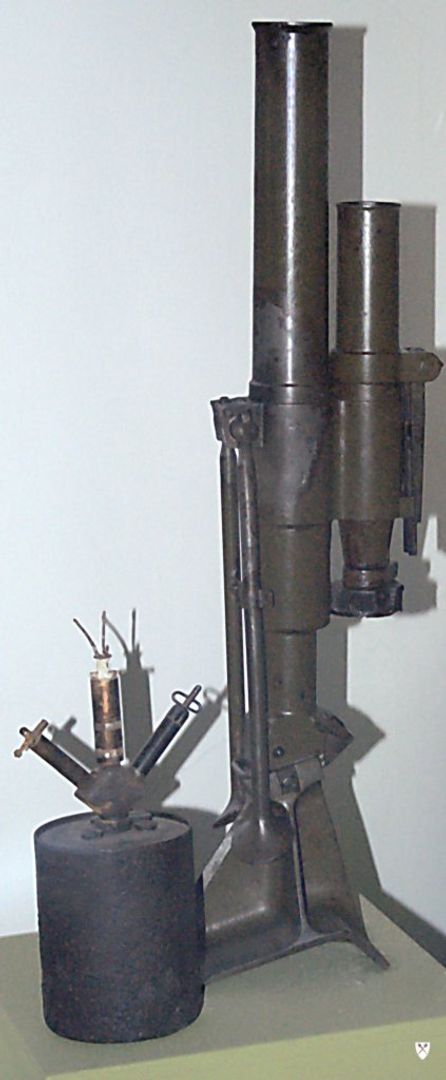Home Army Museum in Krakow
7.74

Overview
The Home Army Museum in Krakow, established at the turn of the 1980s and 1990s on the initiative of the Association of Home Army Soldiers, documents the history of the Polish Underground State and the Home Army. The museum was officially opened on September 27, 2000, in a building constructed in 1911 as the command post of the Austrian Krakow Fortress. After modernization between 2009 and 2011 and the opening of a new exhibition in 2012, the museum gained modern interiors and a covered courtyard, which were recognized in architectural competitions. The permanent exhibition is divided into thematic spaces, showcasing the history of the Second Polish Republic, the September Campaign, life under occupation, and the activities of the Home Army. In particular, the museum's basement features reconstructions, including a Vickers E tank and a British Handley Page Halifax bomber, as well as exhibits illustrating the martyrdom of Polish soldiers, including the remains of victims from Kąkolewnica. The museum houses extensive collections donated by veterans, including uniforms, archives, military items, and unique objects such as Tadeusz Kantor's collage "September 1939." The institution also conducts educational activities, organizing lessons, meetings, and lectures, making it an important site of remembrance and historical education in Poland.
Location
Tickets
Powered by GetYourGuide
2025 Wizytor | All Rights Reserved